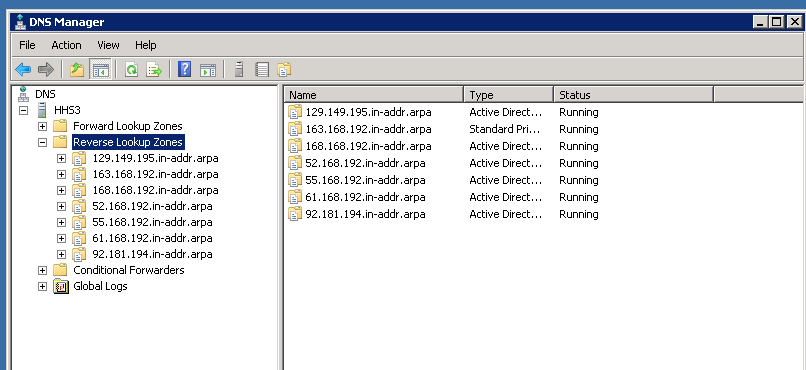

To provide the key-pair to nsupdate, use the -k option, for the DDNS update request to be signed. The DNS server is configured ( ) with the public part of the key, so that it can verify the signature on the request. For example, when you're using a Bind DNS server, a public-private key pair is generated ( ). You can also use the nsupdate command to perform secure DDNS updates. || Įcho "update delete $host.$requireddomain a" > $nsupdatecmdsĮcho "update add $host.$requireddomain 3600 a $new_ip_address" > $nsupdatecmds # When you have a new IP, perform nsupdate You can use the hooks to register the new IP address using nsupdate. During the DHCP cycle, the client executes the scripts in /etc/dhcp/dhclient-exit-hooks.d/. You can use the hooks that are provided by the DHCP client to create and maintain the hostname entry in the DNS server. Because the DDNS protocol is standardized, you can use nsupdate even when you're not using Bind on the DNS server. You can use a tool called nsupdate, which is included in the Bind package, to send DDNS updates.

Azure's DHCP servers do not have the credentials to register records in your DNS server. Linux clients generally don't register themselves with the DNS server on startup, they assume the DHCP server does it. The domain-join process sets the primary DNS suffix on the client and creates and maintains the trust relationship. Azure leaves the primary DNS suffix blank, but you can set the suffix in the VM, via the user interface or PowerShell.ĭomain-joined Windows clients register their IP addresses with the domain controller by using secure DDNS.
#RETROSHARE DYNAMIC DNS PLUS#
The DNS name is the hostname plus the primary DNS suffix. Non-domain-joined Windows clients attempt unsecured DDNS updates when they boot, or when their IP address changes. Some common scenarios, with alternatives follow: Windows clients Azure doesn't have the credentials to directly create records in your DNS servers, so alternative arrangements are often needed. If you do not wish to use this option, you can register your VM hostnames in your DNS server using dynamic DNS (DDNS). When your custom DNS servers are hosted as Azure VMs, you can forward hostname queries for the same virtual network to Azure to resolve hostnames. For example, you may need to access on-premises resources via your Active Directory domain controller. Using your own DNS servers gives you the ability to tailor your DNS solution to suit your own specific needs. When your name resolution needs exceed the capabilities provided by Azure's default DNS, you can provide your own DNS servers. Azure provides name resolution for virtual machines (VM) and role instances.


 0 kommentar(er)
0 kommentar(er)
